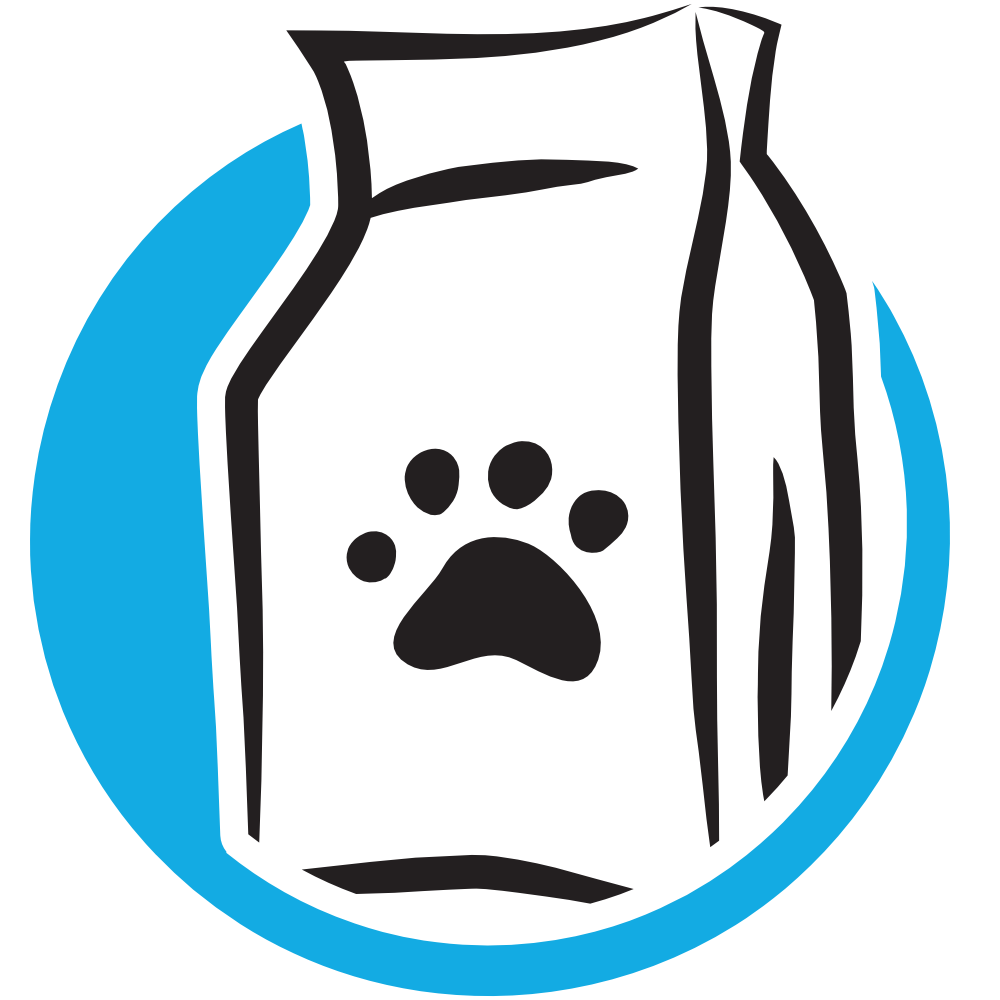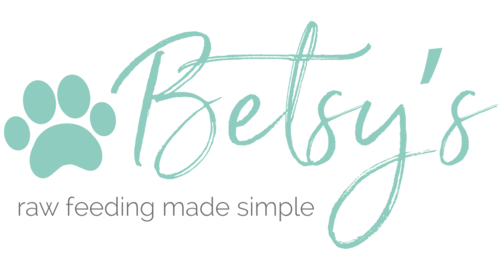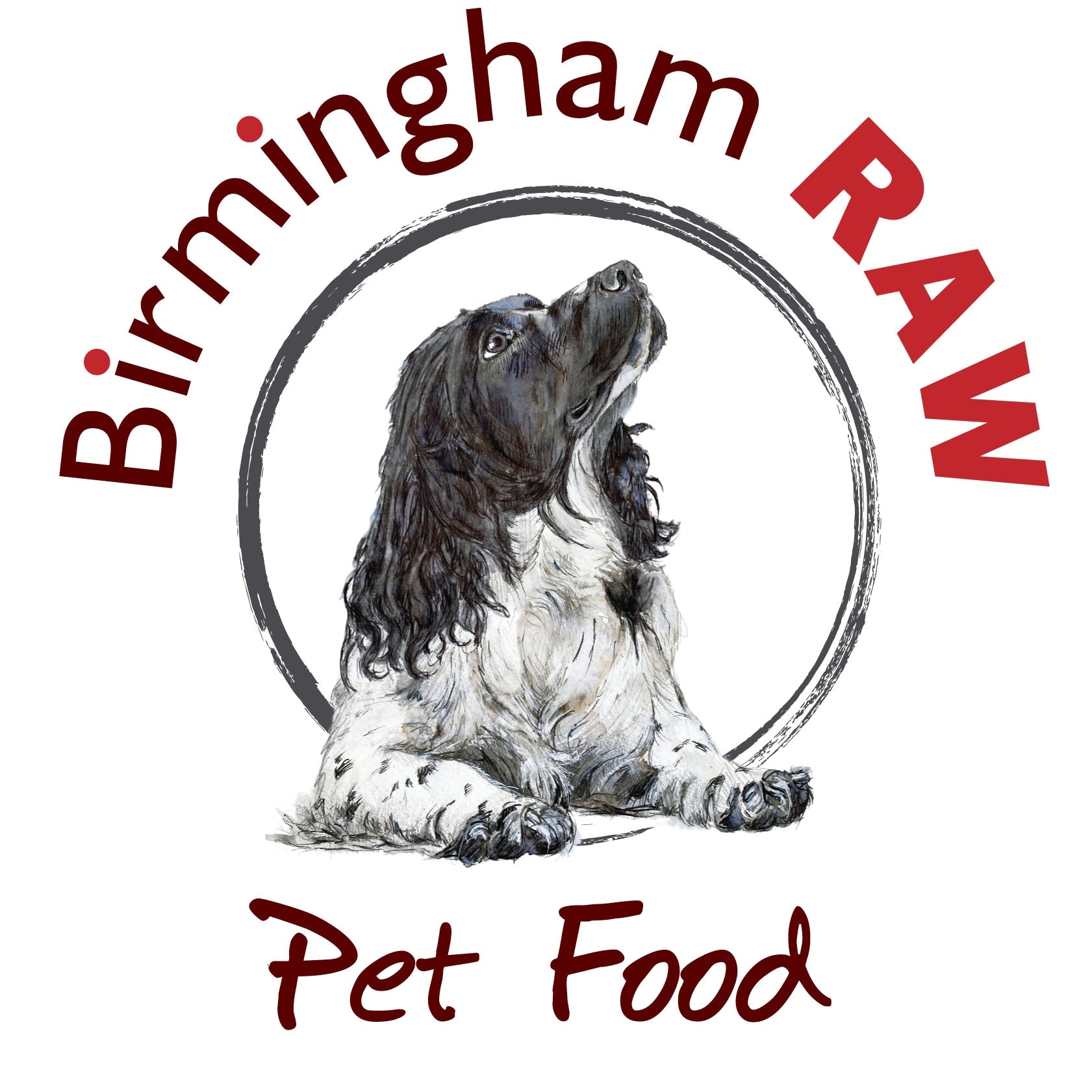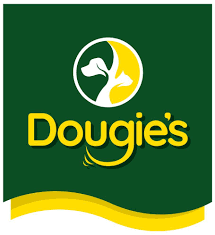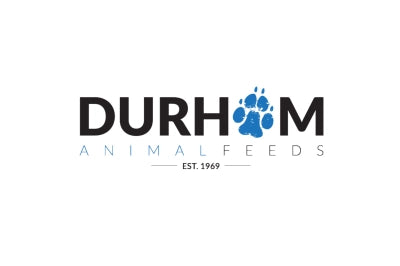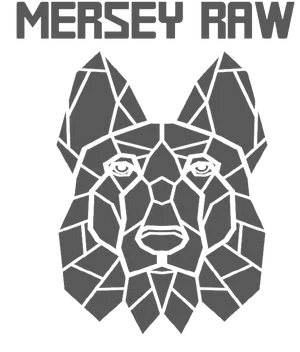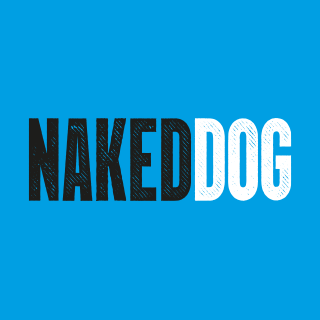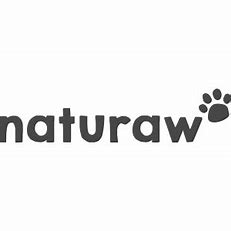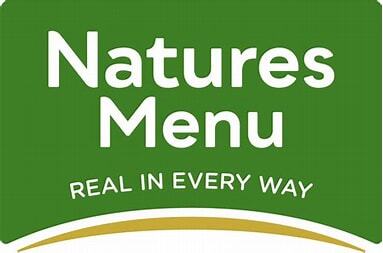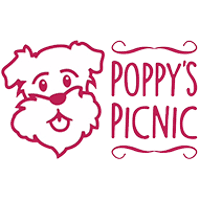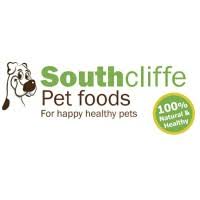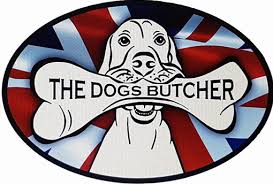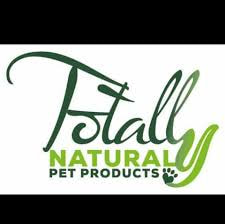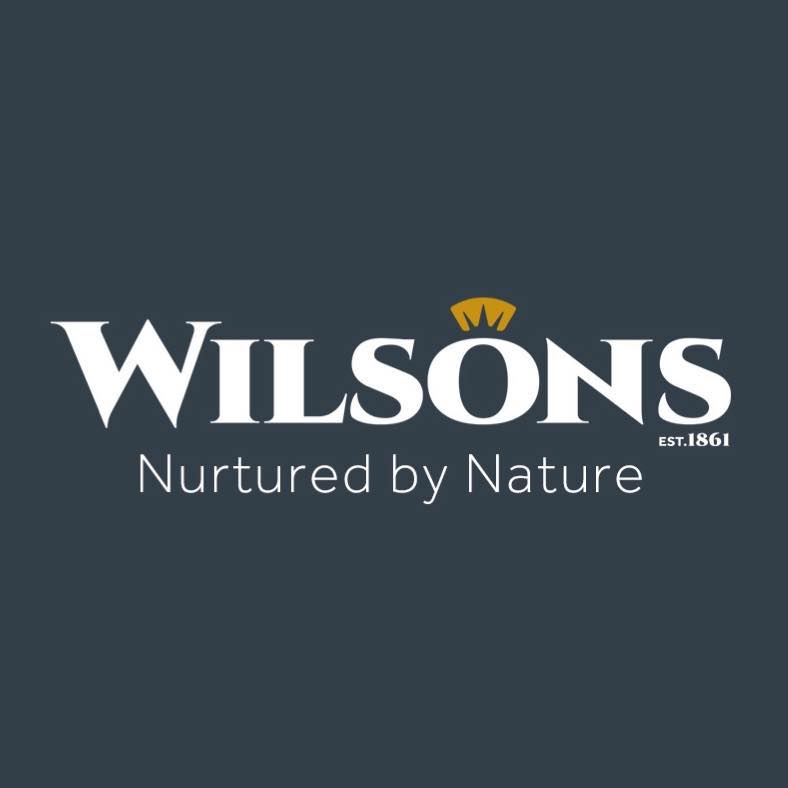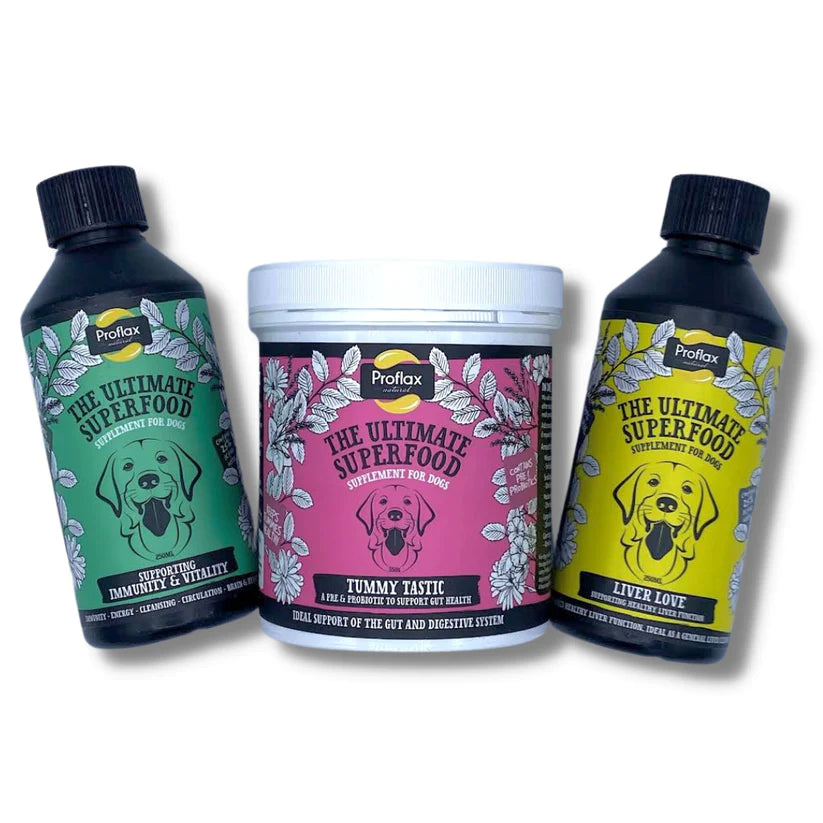
Yeast Protocol
ALLERGY OR YEAST INFECTION?
When we see our dog itching, biting or scratching we automatically assume that they have some type of allergy. This short blog is designed to give some pointers so that you can distinguish whether the problem is in fact an allergy, or a possible yeast infection.
Does your dog suffer from several of the symptoms listed below? Scratching and itching alone may be signs of an environmental allergy or food sensitivity but when combined with any of these other symptoms there is a high chance that your dog may also have a yeast infection.
* Chewing, biting or licking the feet
* Itchy, red, flaky or thickened skin
* Head shaking
* Recurrent ear infections/smelly greasy ears
* Dark rust/red hair between the toes
* Changes in pigmentation of the skin (blackening)
* Musty smell
* Hair loss
* Scooting
* Diarrhoea/upset tummy
What is Yeast?
Yeast is a fungus that lives in your dogs gut and on his skin. It is normally present in small amounts, however, when there is an overgrowth, problems start to arise. The good gut bacteria will normally keep yeast at bay, however if yeast grows out of control, it can irritate the cells in the lining of the gut wall causing inflammation and resulting in harmful bacteria, viruses and toxins to pass through the intestines and into the bloodstream which may lead to a condition known as ‘leaky gut’. Yeast will then flourish in your dogs system and affect their largest organ - its skin. As the yeast leaks out of the skin it makes it’s presence known.. especially with its smell!
When yeast is in its most aggressive and advanced state it can release over 60 different toxins into your dogs bloodstream, putting your dogs liver under incredible stress as it tries to filter them out.
When tackling a yeast infection it is critical to avoid the following;
* sugars
* carbohydrates
* starch
* chemicals & preservatives
* heavy metals
* pesticides
* vaccinations
* chemical flea or worming treatments
* antibiotics
* prescribed medications such as apoquel, cytopoint or any steroid, immunosuppressant or anti-inflammatory drug
Sugars, starch carbohydrates can be found in processed dog foods and include rice, millet, wheat, corn, peas, oats or potatoes. Be aware that grain-free foods can have just as much starch as other non grain-free foods. Yeast thrives on sugar, starch and carbohydrates so by removing them from your dog’s diet, you starve the growth of the yeast. A natural, fresh or raw diet is best for dogs with yeast infections and for raw feeders, single sourced organic or novel proteins are often the best choice. Talk to your specialist raw retailer for guidance on feeding your dog if he has a yeast infec-tion.
Yeast also loves ‘heavy’ metals such as chromium, lead and mercury which come from fish, low quality fish oil, some commercial pet foods and unfiltered tap water. Avoid all of these where possible.
Avoid antibiotics and corticosteroids unless absolutely necessary as they wipe out both the good and bad bacteria in your dogs gut, causing dysbiosis which is an imbalance of their gut bacteria. On-going antibiotics can cause lots of tummy troubles and leave your dog susceptible to infection. Pre and probiotics are required to repopulate the good bacteria in the gut and boost your dogs immunity, as don’t forget that 70% of your dogs immune system is based in their gut! A strong and balanced immune system will help your dog ward off illness and infection and be better prepared to fight off allergens.
Proflax Tummy Tastic is an ideal pre and probiotic; it contains no milk or sugars. The yeast used in the formula is the outer cell wall of a yeast so is inactive and will not make a yeast infection worse. Tummy Tastic also contains natural clays to extract toxins from the gut wall, together with herbs to nourish and restore the gut wall.
You may notice that as you eliminate the key triggers outlined above from your dogs diet, he will experience some unpleasant symptoms such as loose stools, sickness, hot spots, discharge from the skin, eyes or ears, joint pain or lethargy. This is because as yeast starts to die away it releases a toxic substance called acetaldehyde. These symptoms can last from a few days to a few weeks, are perfectly normal and are part of the cleansing phase. To assist this intense detoxification period, it is imperative that your dogs liver and lymphatic system is supported. We suggest Proflax Liver Love, which contains 6 cleansing herbs that regenerate, stimulate and protect the liver and aid effective detoxification.
Proflax products are holistic, so they adopt the principles of healing from the inside out, both physically and emotionally, so your dogs symptoms may appear worse before they get better.
Avoid feeding any type of fermented food while your dog has a yeast infection. This might seem counterintuitive since your dog needs probiotics but fermentation happens when the carbohydrates and sugars in food are eaten by bacteria and yeast. So the pre-biotics found in fermented food will also feed the yeast.
Proflax Liver Love and Tummy Tastic as a yeast elimination protocol
Eradicating yeast can be a lengthy and difficult process, depending on its severity. Together with making diet changes and eliminating chemicals and other toxins, the gut needs boosting to encourage a healthy gut microbiome, thus killing off the yeast. The toxins from the yeast die-off need continual flushing from the liver and lymphatic system, thus cleansing the skin to reduce the redness, itching and other symptoms associated with a yeast infection.
How to feed
Feed Liver Love and Tummy Tastic on alternate days for four weeks whilst adopting a strict diet protocol and eliminating all chemicals where possible. Start day 1 with Liver Love, day 2 with Tummy Tastic and so forth.
After the initial 4 weeks, swap the Liver Lover for Immunity & Vitality. Feed Tummy Tastic and Immunity & Vitality on alternate days for a further 3-4 weeks, depending on the severity of the yeast condition
Bathe your dog regularly using a natural tea tree shampoo, free from any chemicals or parabens. Clean ears and eyes with cool boiled water.
- Choosing a selection results in a full page refresh.

